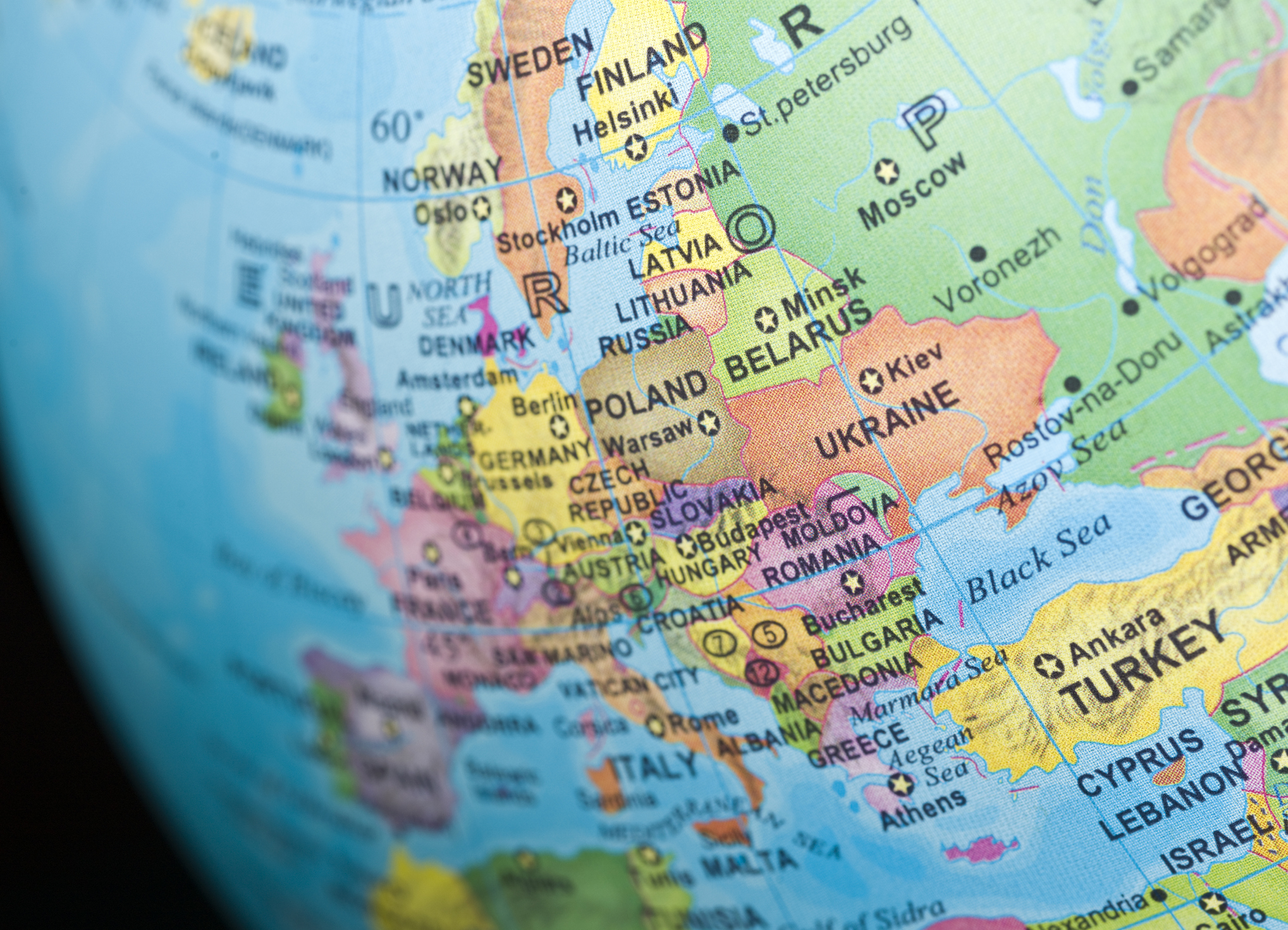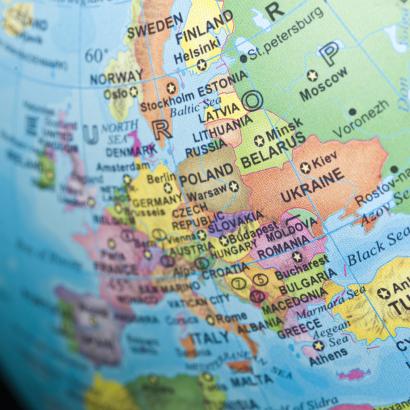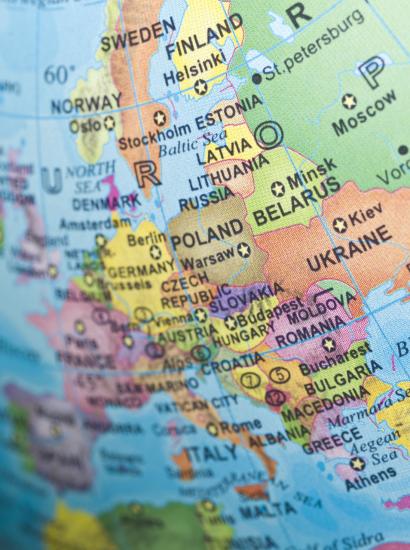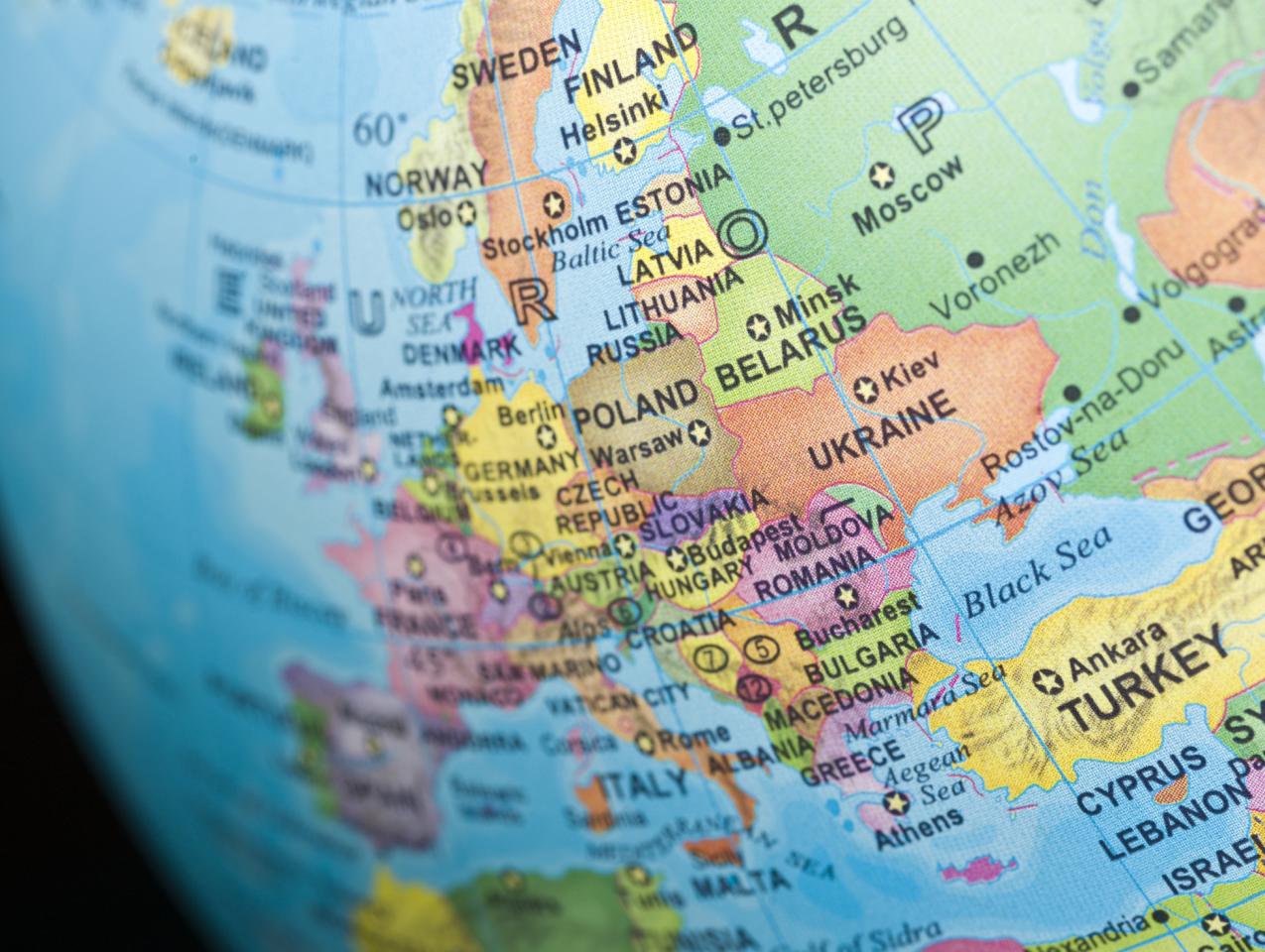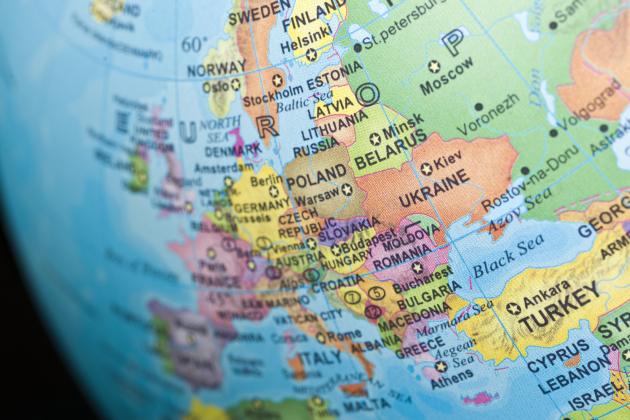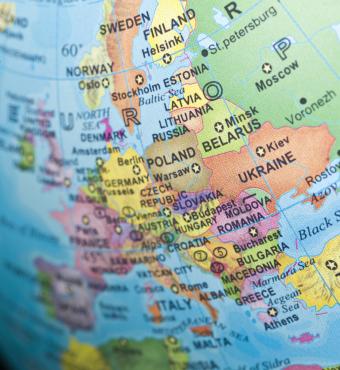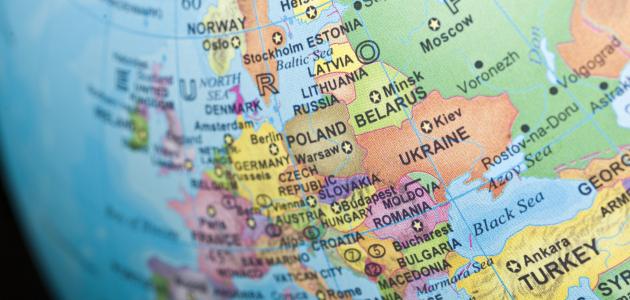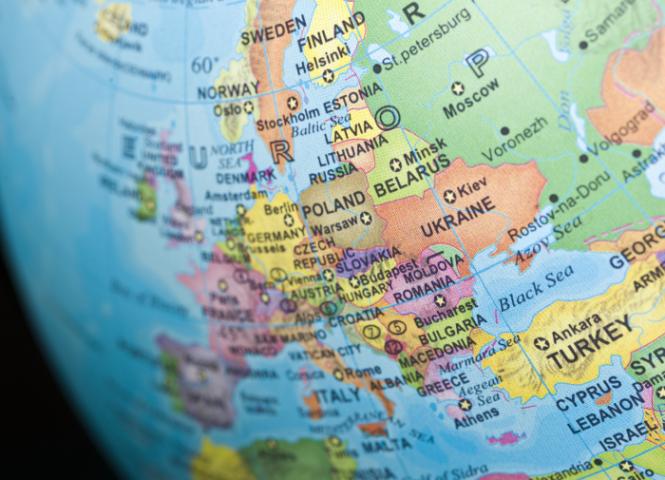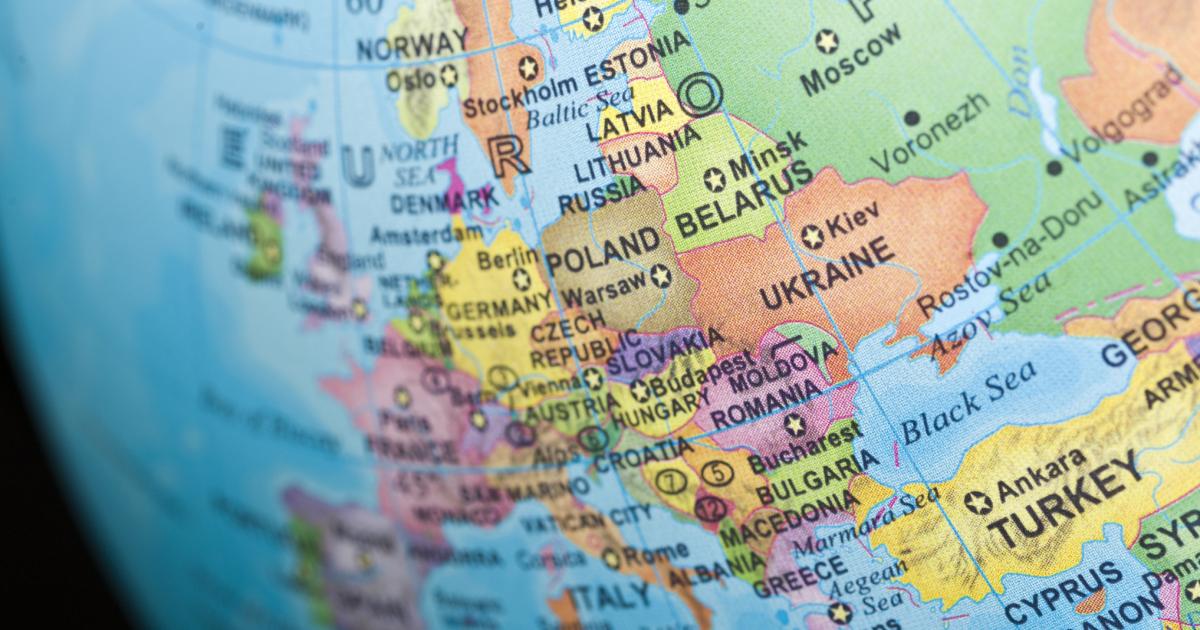Over the past two years, I have given many talks around the United States and the world about Russia’s full-scale invasion of Ukraine. I discuss the causes of the war and what is at stake in Ukraine for American security interests. In these talks, I warn about the negative consequences of the United States’ incremental actions and support to Ukraine. Putin’s victory in Ukraine would only encourage more threats and more war, first in Europe and then in Asia. Moreover, if Putin prevails in Ukraine, the United States will have to spend more of our defense resources and deploy more of our soldiers to Europe to deter a potential Russian attack on our NATO allies.
After some of these talks, audience members have called me alarmist. I must admit, at times I wondered whether I was. Putin surely is rational enough not to threaten NATO, I thought. Surely he is smart enough to realize that he does not have the means to take on NATO after losing so many soldiers and weapons in Ukraine. Putin surely will be satiated if, God forbid, he succeeds in annexing more of Ukrainian territory.
My trip to Vilnius, Lithuania, in January, changed my mind. I was not being too alarmist in asserting that Putin will threaten NATO if he wins in Ukraine. In fact, maybe I was not being alarmist enough.
After meeting with Lithuanian officials, government representatives, and experts from countries in the region, I was struck by the urgency of their long-term thinking about the Russian threat. I heard representatives of many of our NATO allies express deep fear that Putin is only getting started in Ukraine—that Ukraine could be just the early phase of a major new war in Europe.
And what I heard in private, other European leaders have said in public as well. The prime minister of Estonia, Kaja Kallas, suggested that according to Estonian intelligence, Europe has “three to five years” to prepare for a possible military threat from Russia on the eastern flank of NATO, and “that very much depends on how we manage our unity and keep our posture regarding Ukraine.”
Similarly, Lithuanian foreign minister Gabrielius Landsbergis has warned that “the next phase would be directed not just against Ukraine, Georgia, or Moldova, but possibly against NATO.”
After all, Putin has now transformed Russia into a wartime economy. The Russian military-industrial complex today has more resources to build more tanks, artillery, and drones than at the start of the conflict, as Eric Schmidt writes. After re-election, Putin will also conscript more soldiers. One colleague in Vilnius warned that the war machine always takes time to get going, but once it does, it rolls with great momentum, as it did with Napoleon and Hitler. As for the intentions of this war machine, some Russian government officials are already threatening to deploy these resources to rebuild not the Soviet Union but the Russian Empire, which of course included Poland, Finland, and the Baltic countries. Former Russian president and current deputy head of Russia’s Security Council Dmitry Medvedev wrote on his Telegram account:
The existence of Ukraine is mortally dangerous for Ukrainians. And I do not mean only the current Bandera regime, but the existence of any, absolutely any Ukraine. . . . The presence of an independent state on historical Russian territories will now be a constant reason for the resumption of hostilities. . . . There is a 100 percent probability of a new conflict . . . even if Ukraine entered the EU and NATO. This could happen in ten or fifty years.
I still believe that the probability of a Russian attack on a NATO country is very low if the United States remains engaged in NATO. But many Europeans at Vilnius’s Snow Meeting in January also invoked 1930s analogies to suggest that America’s current isolationist proclivities echo that era. They already see the impact that presidential candidate Donald Trump is having on NATO unity, specifically in pushing the United States away from its NATO allies and helping delay new assistance to Ukraine that nearly every NATO ally supports. They worry that a Trump re-election will accelerate these isolationist trends.
I share their concerns. At a time when the United States should remain especially engaged in European security, too many American politicians are arguing for retreat and disengagement. Discontinuing aid to Ukraine now would echo appeasement and isolationist policies from the 1930s, and we know how that turned out. We cannot repeat those same mistakes today.
It is not too late to reverse these ominous parallels to the 1930s. We Americans can resist the temptation to pretend that Russia’s current war in Ukraine will not spread to the rest of Europe, and we can act accordingly.
John Mearsheimer writes in The Tragedy of Great Power Politics, on the subject of dealing with expansive great powers:
Because great powers are programmed for offense, an appeased state is likely to interpret any power concession by another state as a sign of weakness—as evidence that the appeaser is unwilling to defend the balance of power. The appeased state is then likely to continue pushing for more concessions. . . . Furthermore, the appeased state’s capability to gain even more power would be enhanced—probably substantially—by the additional power it was granted by the appeaser. In short, appeasement is likely to make a dangerous rival more, not less, dangerous.
Mearsheimer is right. Appeasing Russia now will only lead to more problems for the United States. That is why the proposed investment of $60 billion in aid to Ukraine being considered in Congress could help save more money and more lives (maybe even American lives) in the future, just as greater US assistance to Europe and our Asian partners in the 1930s might have helped to deter Hitler.
The last thing anyone should want is a direct, conventional war between NATO and Russia. The best way to prevent that is to approve aid to Ukraine now.







